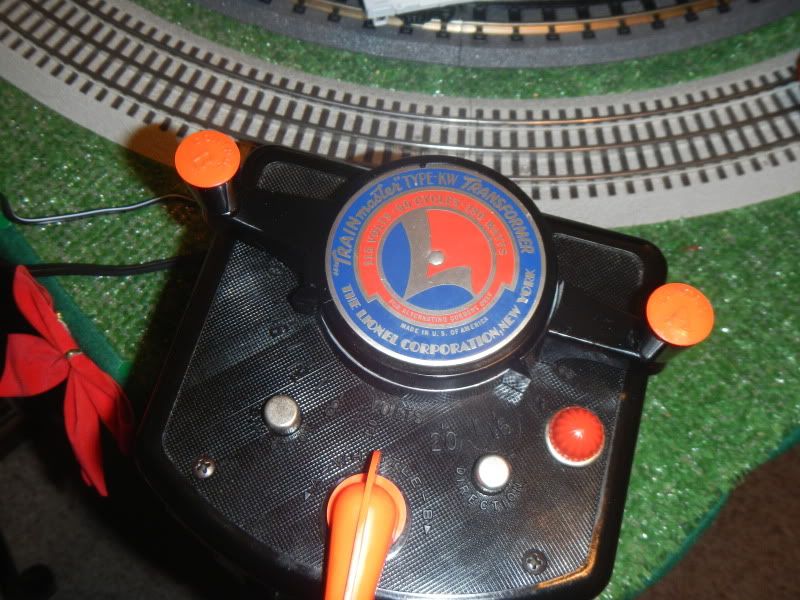Originally Posted by Tiffany:
Hello guys and gals...
Does the MTH Z4000 do that too?
The woman who loves the S.F. 5011
Tiffany
Mine does. My Z4000, Tech III, and ZW-L all give readings that do not correspond 1 to 1 with a multi-meter voltage measurement . All three use a type of voltage chopping/non-linearly synthesized output. So I never expected the Z4K and ZW to "measure accuracyly" on an AC multimeter scale, or the Tech III on a DC -- and they don't. That is not the fault of the units, nor in my opinion of the voltage measurement device.
People may have noticed that the "inaccuracy" in voltage measurement, mismatch, whatever-you-call-it diminishes as one gets near the maximum output, just as one would expect (the chopping diappears as one gets to full output and thus the harmonics content that causes poor RMS reading in low-cost voltage measurement units is reduced to near zero): I get roughly the same "inaccuracies" reported at the top of this thread in the 11-14 volt range (read my review and note I report trains run at lower indicated voltage) but at maximum, I get almost exact agreement.
Meaning no offense, but I will stick with my point that this is a tempest in a teapot. It just does not matter when running trains. We are dealing at both ends - in the loco and in the power supply, with non-linear devices. The manufacturers of both the Z4000 and ZW-L have given some markings on the throttle as a guide to consistency in setting the throttle, as I explained above, and meters that may or may not measure RMS or may have adjustment circuit to try to mitigate effects of the non-linearity, but neither is perfectly 1:1 in correspondence with what a multi-meter would measure but that doesn't mean they are wrong, or the multi-meter (they are just measuring different things).
Where I have myZW-L mounted the benchtop completely blocks the view of the meters unless I bend down to look directly under it. The meters on both the MTh and Lionel units work for me mainly as a diagnosis of short circuits, etc. - I will note than on both Z4000 and ZW-L, the current meter is accurate at the one point where it really should be: both units indicate right at 10 amps just before thir 10-amp breakesr opens. Now that is useful. In the six years I used the Z4000, while I found the meters interesting and useful because they are consistent to the unit for setting trains at levels I have written down, I have only depended on the absolute accuracy of the meters once, and that was the current meter only, when setting the unit to stay at 9.9 amps at an indicated 2 volts so I could feed a fault and find it due to overheating of the track.



